Migration Blog (2nd April - 8th April)
Find out what species are on the move over the coming week and how the weather could affect their migration.
The past week saw a colder feel to the weather with many places experiencing day time temperatures in single figures and overnight frosts, combined with a colder northerly wind direction spring migration was curtailed somewhat. Some birds did still arrive with Wheatears, Black Redstarts and Blackcaps reported from across the UK. For those in the South East of Britain, the highlight for some was a couple (possibly more) juvenile White-tailed Eagles that toured around, Kent, Essex, Suffolk Hampshire and Buckinghamshire. The most likely source of these birds is from the re-introduction scheme on the Isle of Wight that saw some young birds released last year that have already been known to wander around a bit. Indeed this time of year is typical for young birds to move around to perhaps find a territory they can breed in once they have fully matured. An adult bird seen on the Channel Islands is probably of wild stock and could be a bird roaming around looking for a new territory for the summer.
For most, however, these were birds beyond their wildest dreams to see during lockdown, but it does show what is possible if you have the time to keep your eyes looking up during the sunnier days. Some gardens were blessed with the appearance of Reed Buntings and Bramblings, with both species moving away from wintering areas back to their summer breeding habitats and taking advantage of bird feeders en route. The Reed Buntings will most likely be short-distance migrants that will be moving from arable habitats back to reedbeds and marshy areas, whilst the Bramblings will be undertaking a much longer migration back to Scandinavia for the summer months, both species can sometimes be heard singing at this time of year.

The forecast southerly winds could produce a scarcity or two...

Species Focus - Blackcap
The Blackcap is a short distance migrant to the UK, in that the majority of those birds that breed here will have spent the winter months in the Mediterranean basin and North Africa. Unlike many of our long-distance migrants, whose journeys involve crossing the Sahara desert, our Blackcap population is increasing.
During the last 25 years Blackcap has increased by 168%. The latest population estimate puts the UK breeding population at 1,650,000 pairs, with the largest gains being seen in Ireland. Traditionally a breeding bird of broadleaved woodland, the Blackcap is also at home in parks and larger gardens. The main arrival period for Blackcap in the UK is during late March and early April, and as the winds have been largely unfavourable during the last week we could see a large arrival during the next week in more favourable winds.
At this time Blackcaps can turn up anywhere, even in the smallest of gardens. If you are taking part in the BTO’s free Garden BirdWatch this would be a good addition to your garden bird observations. If you aren’t taking part, now is a great time to do so at www.bto.org/join-gbw.
Weather for the week ahead
The cold weather and northerly winds from the last week will likely to have caused a bit of a bottleneck for those species migrating northwards across Europe but with a change in wind direction and an improvement in day time temperatures, 17 degrees is possible for some locations, this bottleneck could lead to a large pulse of migrants reaching us from the weekend onwards. Those species likely to be involved will include Swallow, House and Sand Martin and in particular Willow Warbler and Blackcap. All of these are good candidates to appear over or in our gardens over the next few days.
Other species that could be mixed in with this arrival include Sedge Warbler, another traditionally early migrant, Yellow Wagtail, Tree Pipit and maybe a few more Cuckoos, the first few of which have already been reported. Waders should also start to arrive with Whimbrel and Common Sandpipers traditionally the first to arrive, listening out during the hours of darkness could help you add it to your lockdown list if you are keeping one.
The forecast southerly winds could produce a scarcity or two with Common Crane, White Stork, Red-rumped Swallow, Alpine Swift, Hoopoe, Purple Heron, Great White Egret, and Night-Heron not only possible but also possible as flyovers or visitors to your garden, depending on its size and location of course.
Why not take 20 or 30 minutes out of your day to sit in your garden or look out of a window and see what you see heading over, dawn and dusk can be good as birds head to and from roost sites, who knows what you might add. As mentioned in the last migration blog listening after dark can reward you with species that are unlikely during the day such as Water Rail, Moorhen or Coot.
With the reduction in traffic and human activity, are you seeing anything unusual in your garden or while out exercising? Let us know if the comments below.
Stay connected to nature, learn about your garden wildlife and contribute to important scientific research without leaving your home. We're giving everyone free access to BTO Garden BirdWatch during the COVID-19 lockdown.







Share this page